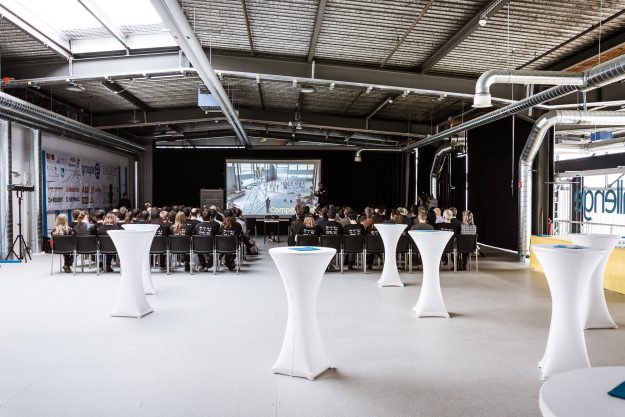Buildings represent habitats for various airborne pollutants that have direct or indirect effects on the quality of our living spaces, health, and well-being. As we spend most of our time in buildings, understanding sources and composition of indoor air pollutants is fundamental for interpreting the health risks and for developing improved building control measures to mitigate human exposure.
Humans have been identified as strong contributors of airborne particles and bioaerosols in indoor spaces, through their activities and continuous release of abiotic and biological material from skin and clothing. In this lecture, a state-of-the-art knowledge will be presented on how human-associated emissions of particles and bioaerosols contribute to indoor air composition and to resulting inhalation exposures.
veröffentlicht am 04.11.2018
